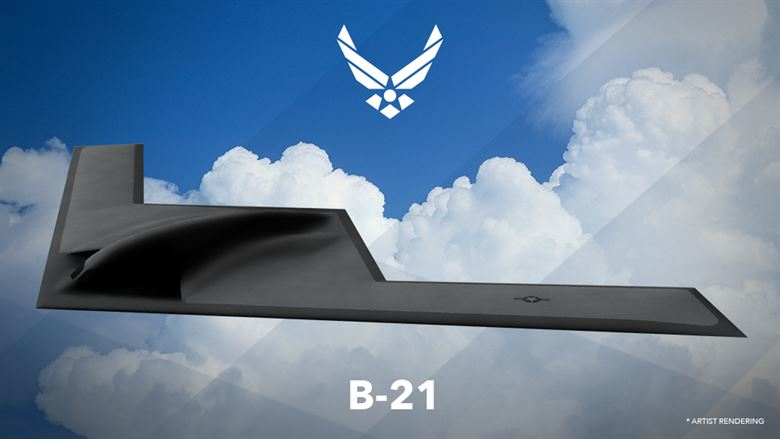In a world that is increasingly focused on man’s impact on the environment, renewable electric energy has taken the world of transportation by storm. Electric cars, electric boats, electric trains, and even electric airplanes are all being used and further developed by companies attempting to cash in on this brave new world. The industry is not without its downsides however.
Airplanes in particular have proven to be difficult to convert to electric power. This is due to the high amounts of energy needed to get an airplane into the air combined with the necessity of a relatively light rig. After all, it is hard to become airborne when something is too heavy.
This is what has made electric power a long shot for aviation. Most electric powered vehicles use lithium-ion batteries to store electric energy. This is what Tesla uses in their cars and trucks. Great advances have been made in lithium-ion energy in the past decade alone. It is still not enough.
One British company is doing its best to provide something revolutionary by looking to the past. Oxis Energy is bring back lithium-sulfur batteries, which have been around since the 1960s, in an attempt to offer a better alternative to what is currently available. The difference between lithium-ion batteries and their sulfur cousins is the amount of energy that can be stored in them.
Simply put, the energy density of lithium-sulfur batteries has already doubled that of their ion counterparts. What made this technology undesirable in the past is the short lifespan. This is still an issue, but Oxis Energy is confident that with further development it is possible to manufacture lithium-sulfur batteries that are both energy dense and capable of lasting a long time.
In order to read the full article, written by David Pflieger, make sure to click the link.




